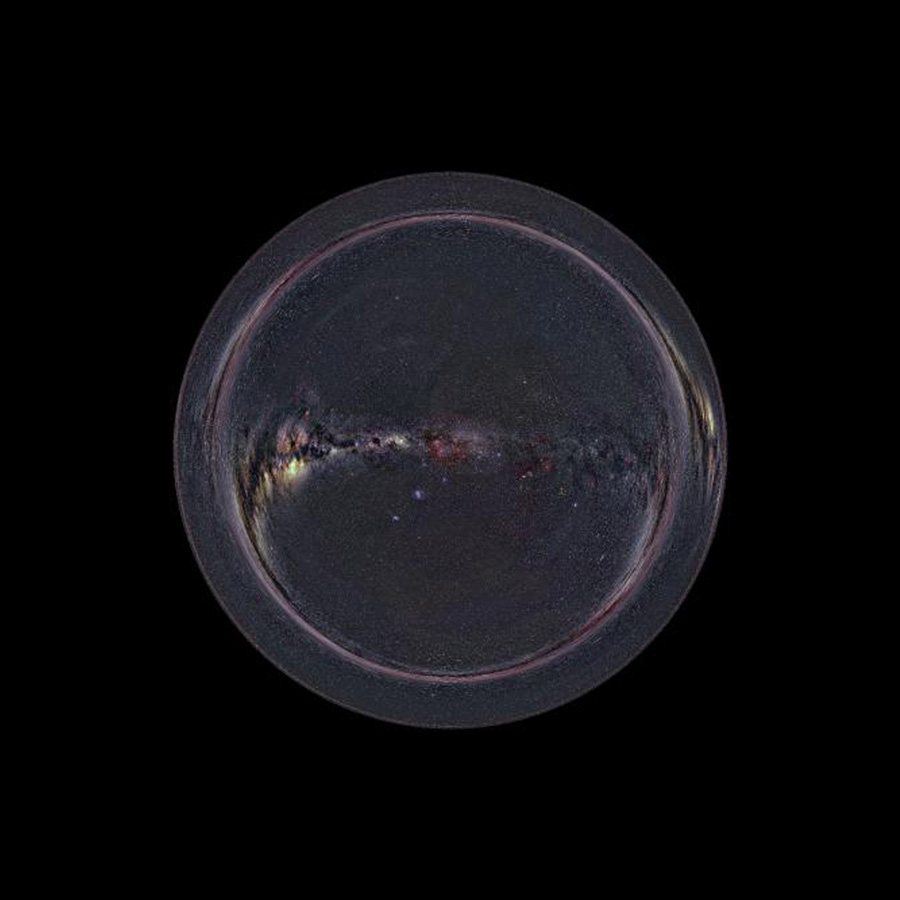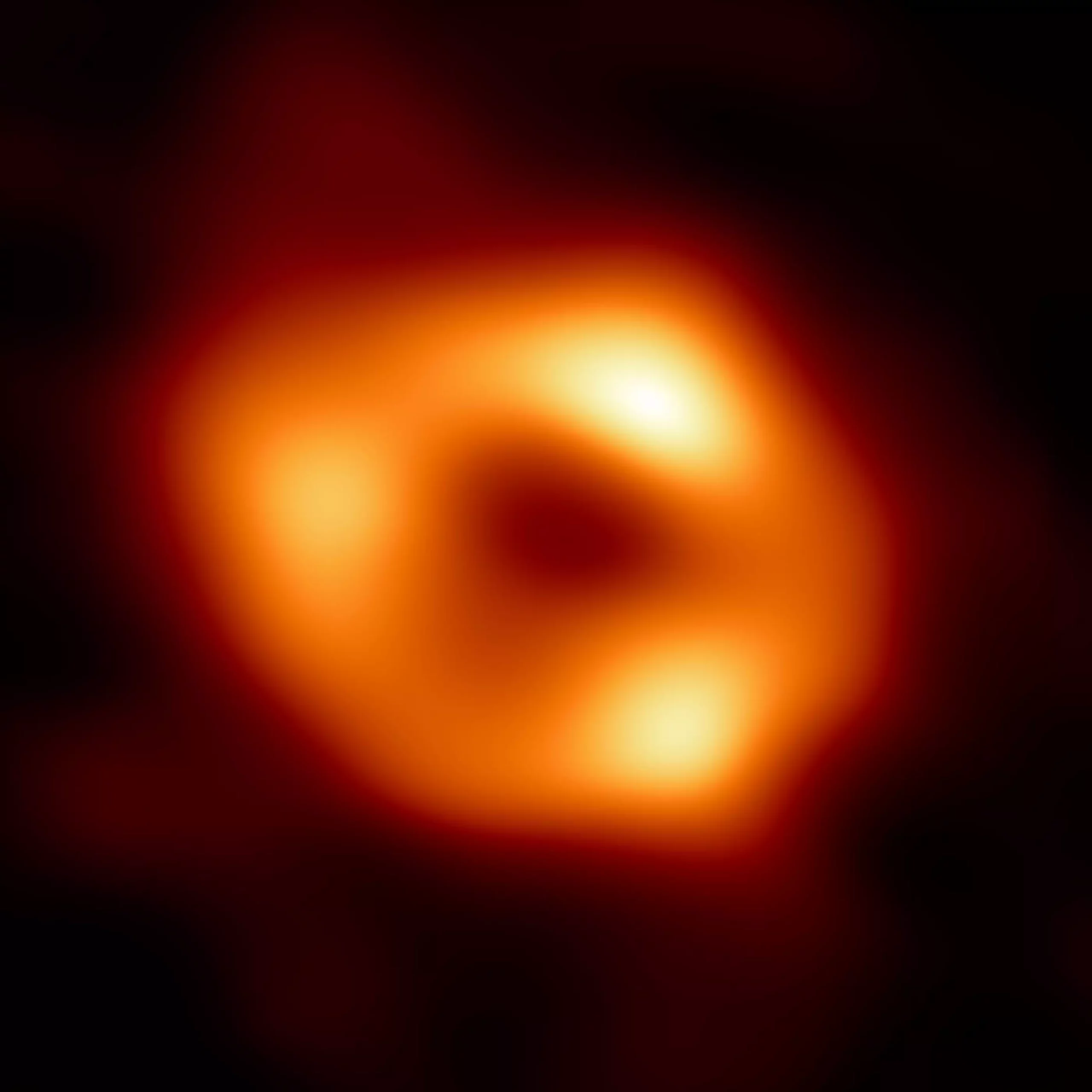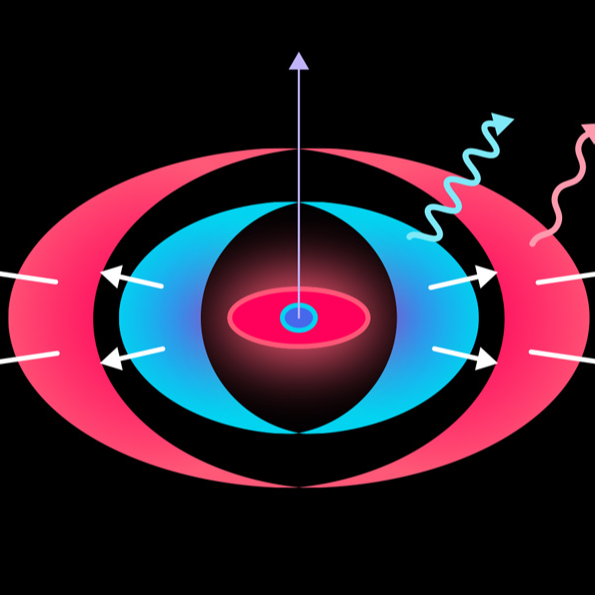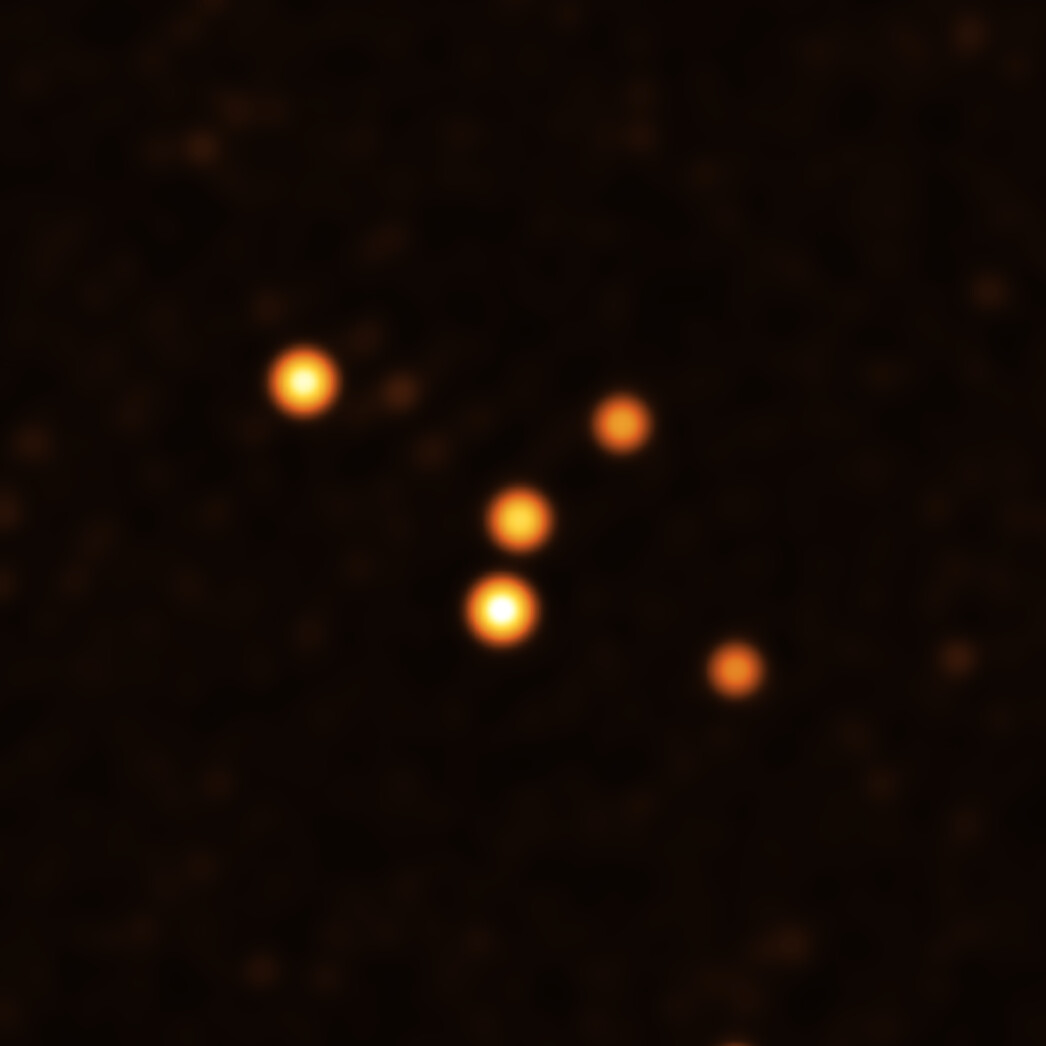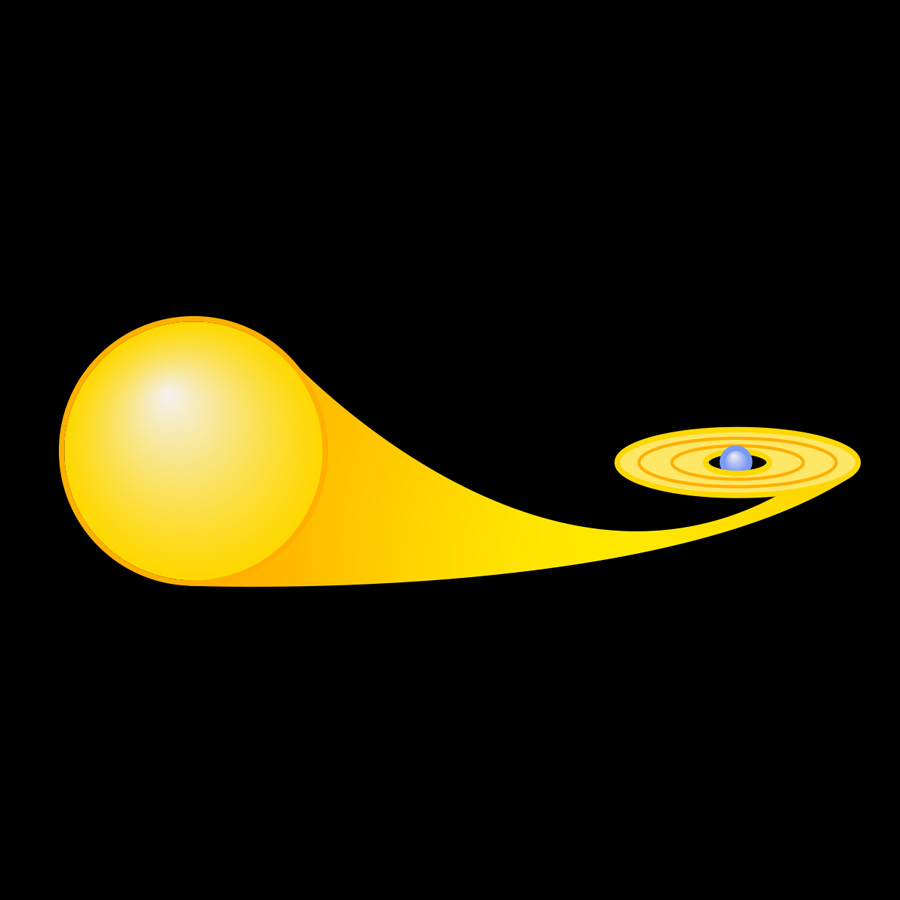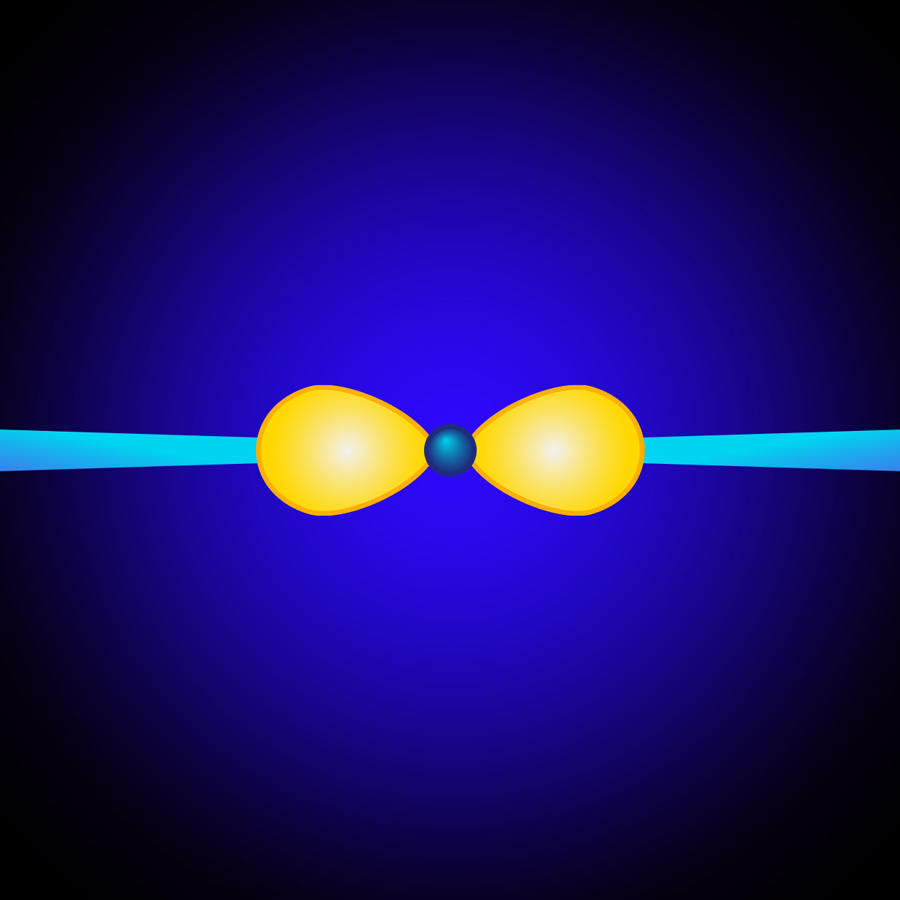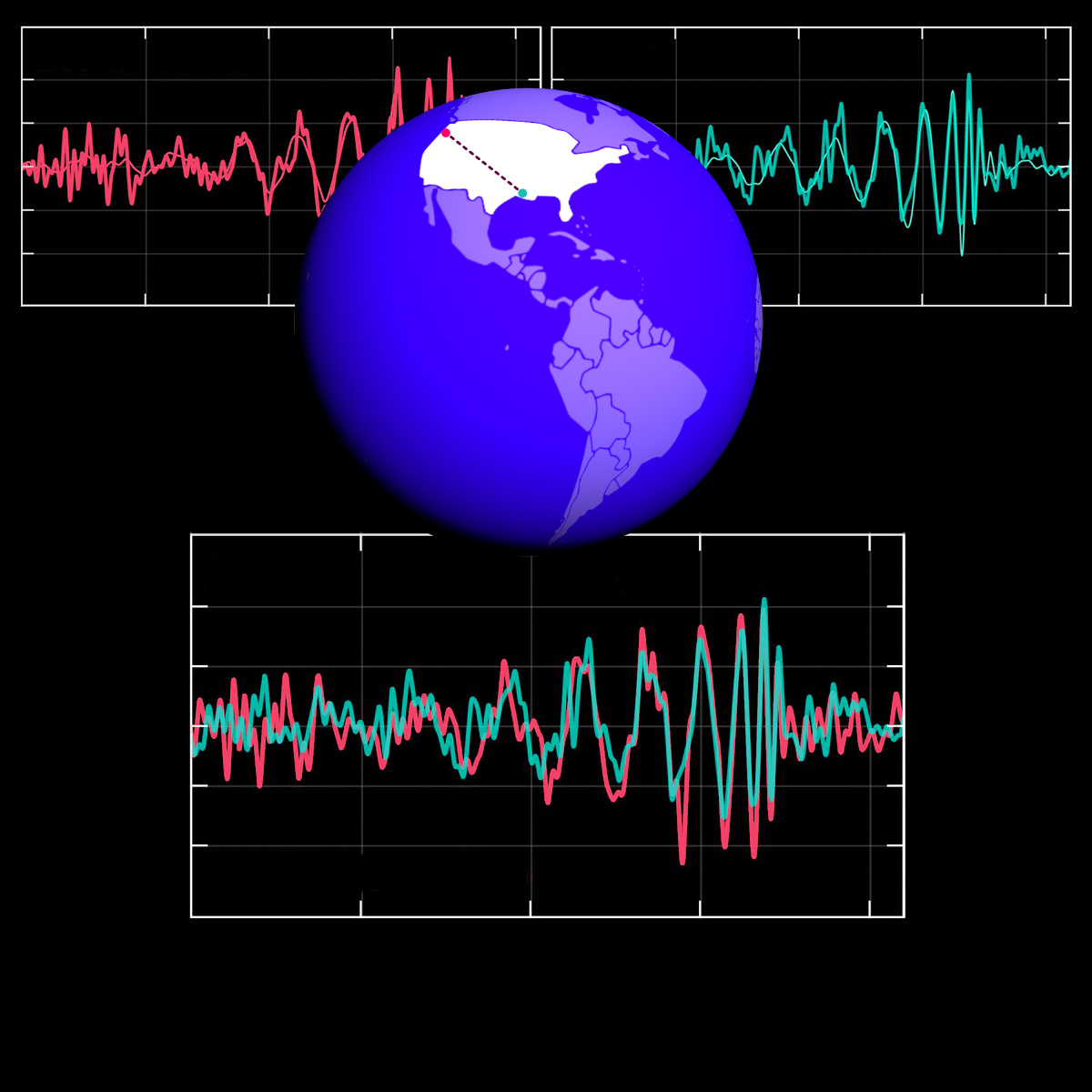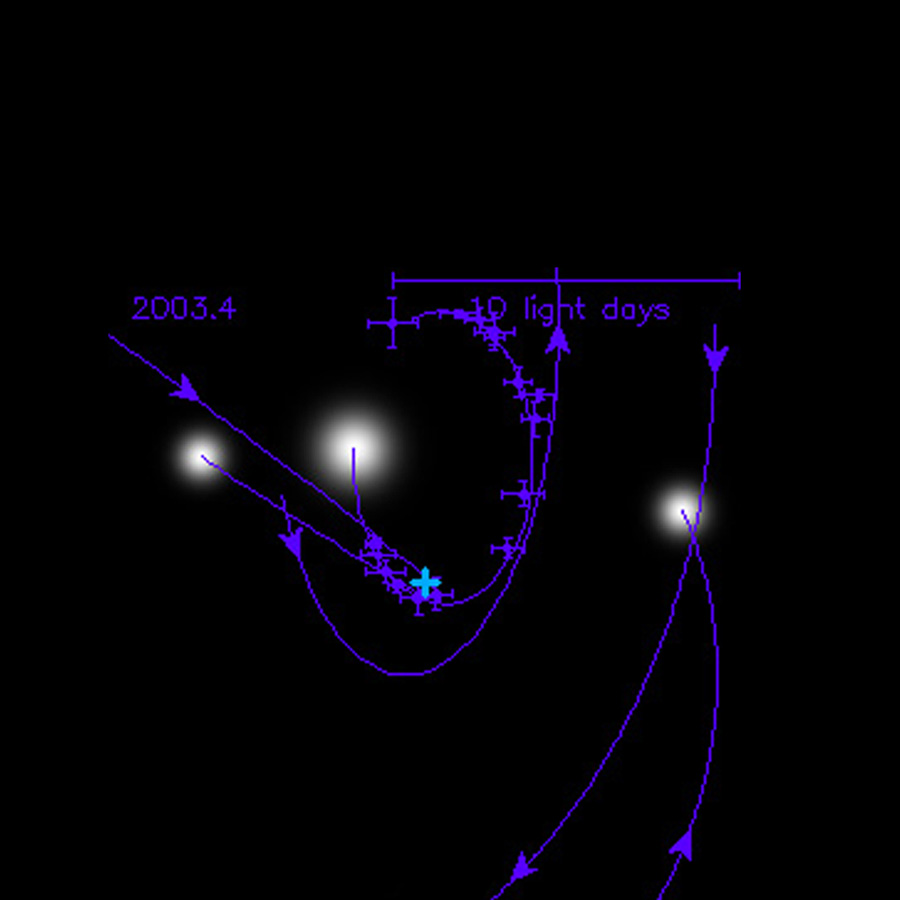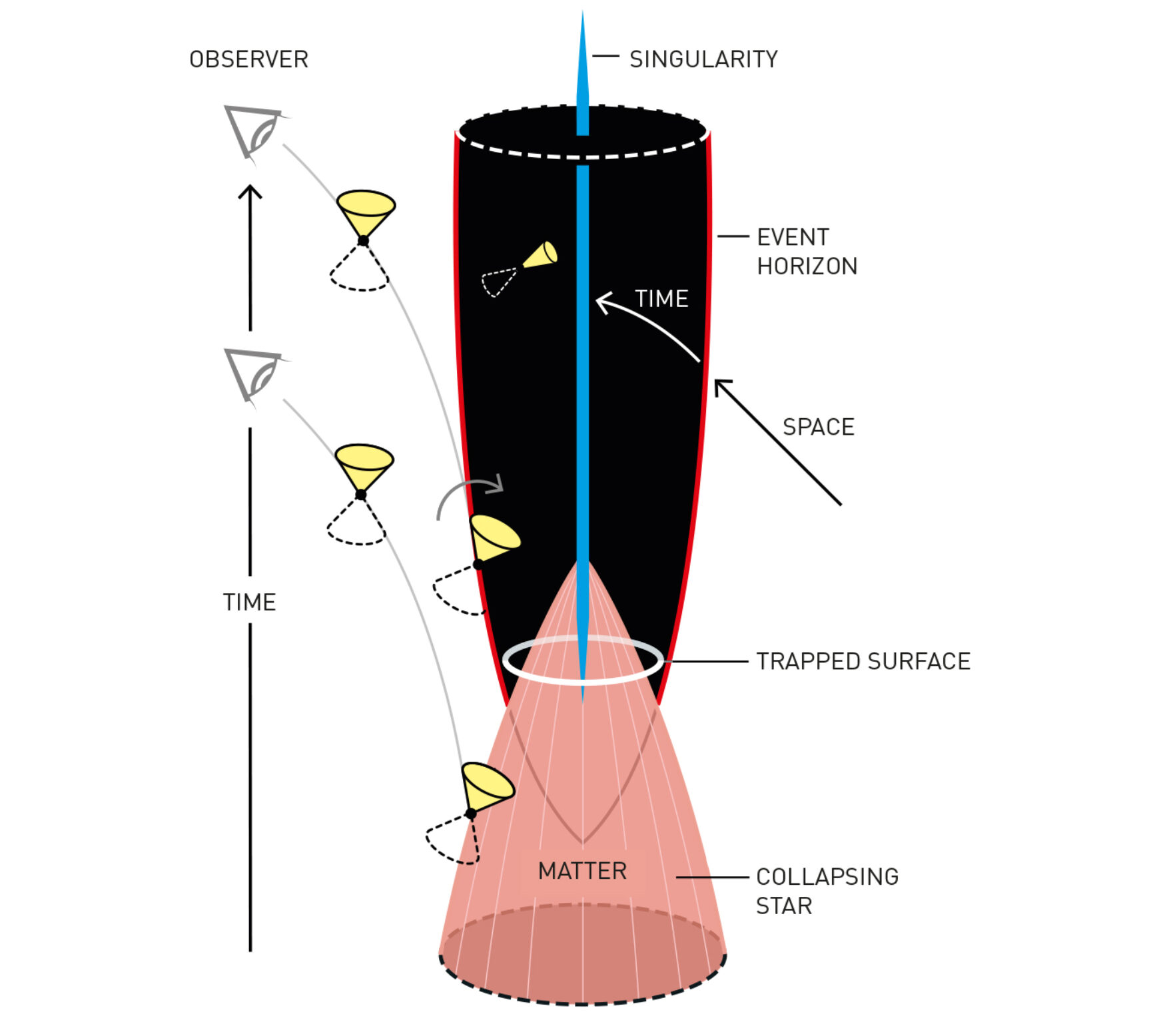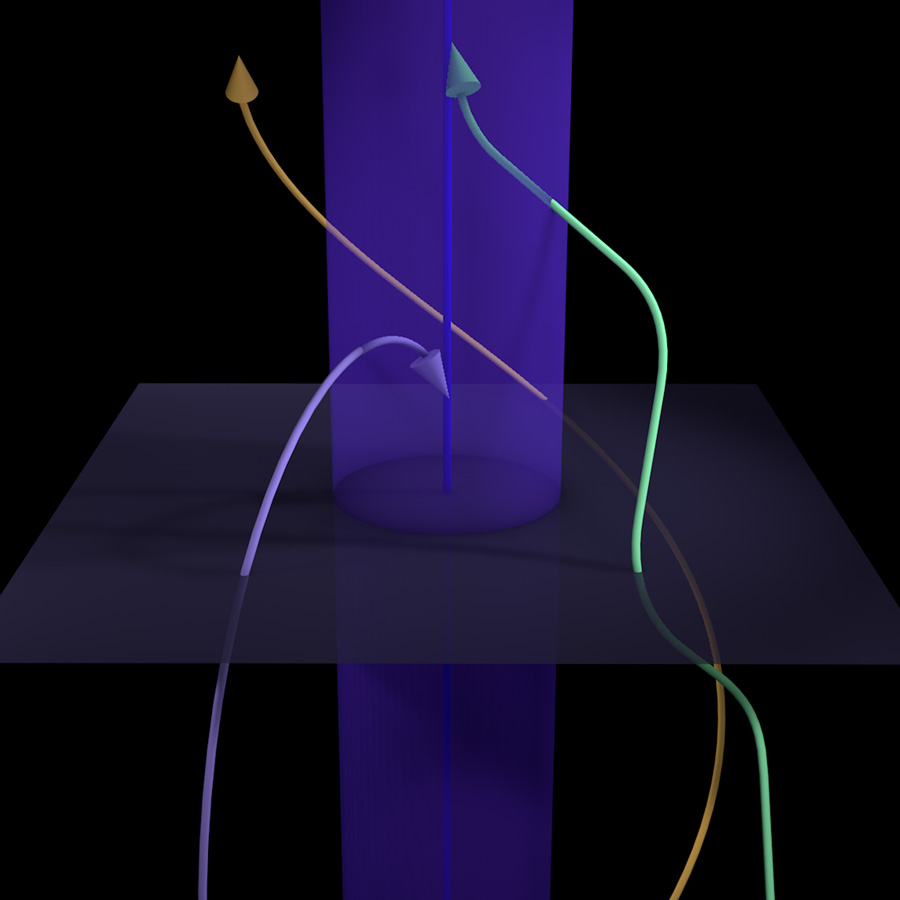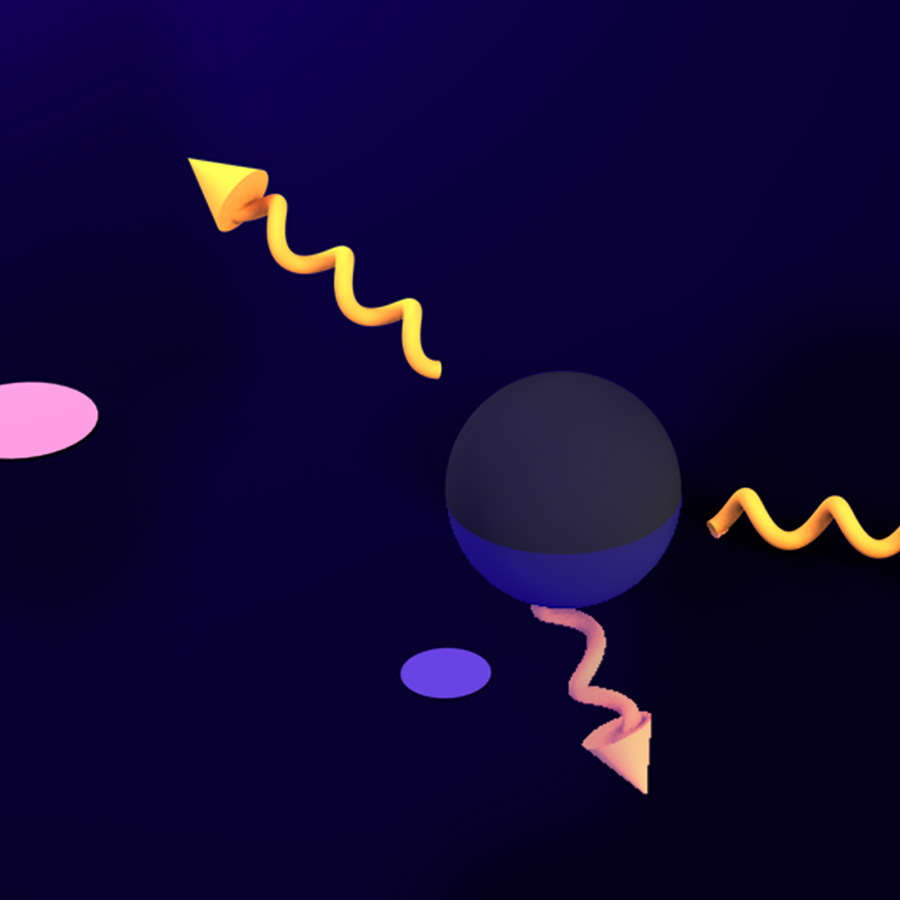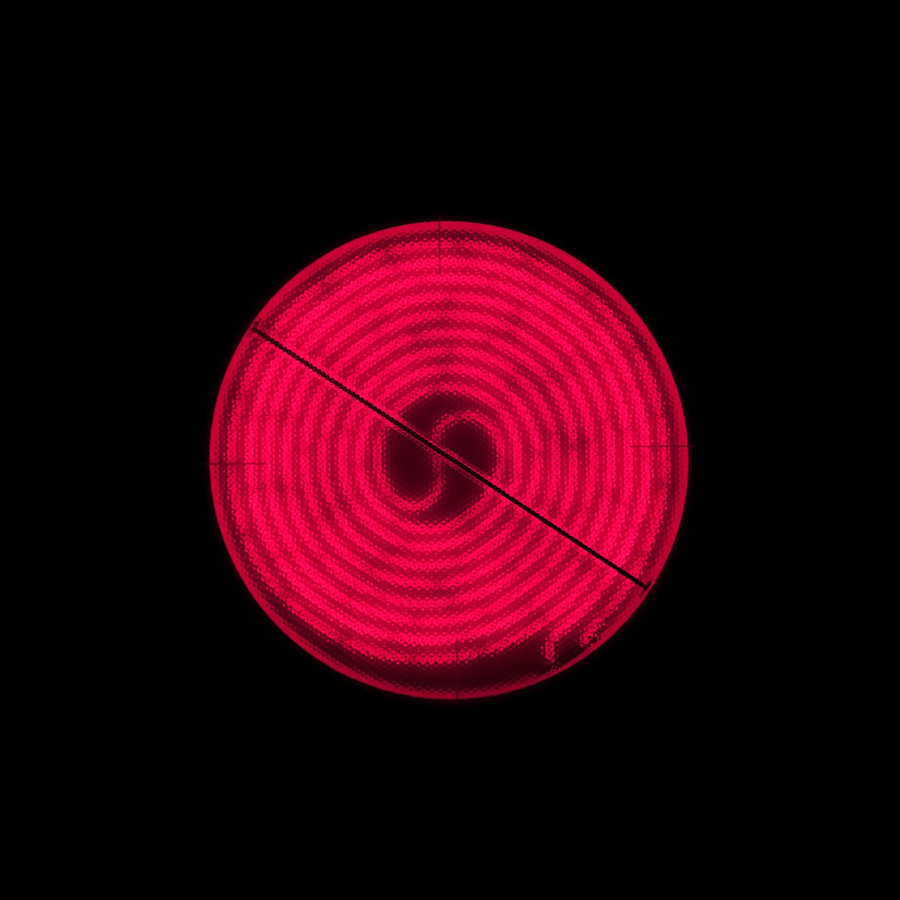Black Holes & Co.
Black holes, neutron stars and supernovae: Flight into a black hole, the black hole in the center of the Milky Way, how many different kinds of black hole are there, how black holes light up their neighbourhood
This page features an overview of all our Spotlights dealing with black holes and other compact objects, notably neutron stars. Under the heading Close encounters with black holes, a Spotlight explores what an observer on a space-ship would see as, step by step, the ship approaches a black hole. The texts in the category How to track compact objects explores the phenomena that can be used by astronomers to track black holes and other compact objects in their telescopes, from their gravitational influence on neighbouring stars to the different ways that compact objects have of lighting up their immediate cosmic neighbourhood. The category The physics of black holes is dedicated to general theorems that have been proved about these objects. The category Physics in the background explores some physics that is useful for a better understanding of the Spotlights dealing with black holes and neutron stars.
Useful background information can be found in our introduction Elementary Einstein, especially in the chapter Black holes & Co..
Close encounters with black holes
Descent into a black hole
The story of an expedition’s closer and closer approach to a black hole – too close?
How to track compact objects
More about the gravitational influence of black holes and neutron stars on their cosmic surroundings, from the orbits of nearby stars to accretion disks and the associated luminous phenomena.
First measurement of gravitational waves of colliding neutron stars
Not only merging black holes, but also neutron star pairs emit gravitational waves.
How the Event Horizon Telescope observes black holes
Researchers use the Event Horizon Telescope to observe black holes at the centers of galaxies with high resolution.
Multi-messenger astrophysics and numerical relativity
During neutron star mergers, both gravitational wave and electromagnetic signals are emitted. This could help solve long-standing issues in basic physics research with multi-messenger astrophysics.
Deep looks into the center of the Milky Way
The black hole at the center of our galaxy reveals itself through the stellar motions in its vicinity. With the Very Large Telescope Interferometer, these motions can be observed with high precision.
Luminous disks: How black holes light up their surroundings
How the fact that black holes are very efficient in attracting surrounding matter leads to some of the most spectacularly luminous phenomena in the whole of the cosmos
Active black holes: Ultra-hot cosmic beacons
What astronomers can see once a black hole has heated up its cosmic neighbourhood, stimulating it to emit bright radiation
Observation of Gravitational Waves from a Binary Black Hole Merger
Albert Einstein predicted their existence back in 1916, and on 14 September 2015 they were directly detected for the first time: Gravitational waves. Two large interferometric detectors of the LIGO Scientific Collaboration with major contributions from German researchers detected the signal known as “GW150914”. The waves originate from the merger of two black holes and are the first direct observation of these exotic objects.
The dark heart of the Milky Way
Information about the closest supermassive black hole – the central object of our own galaxy
The physics of black holes
The Singularity Theorem (Nobel Prize in Physics 2020)
In 2020, Roger Penrose was awarded half of the Nobel prize in physics for proving that black hole formation is a robust prediction of Einstein’s general theory of relativity.
How many different kinds of black holes are there?
Once they have settled down, there are actually only very few different kinds of black hole – find out which, and how black holes shed other distinguishing marks.
Changing places – space and time inside a black hole
How, in one sense, space and time switch their roles inside a black hole – and why this leads to a black hole’s most characteristic property, namely that nothing can get out
Particle accelerators as black hole factories?
The intriguing possibility that the next generation of particle accelerators might produce – and allow the detection of – miniature black holes
Physics in the background
What figure skaters, orbiting planets and neutron stars have in common
Some information about what is called the conservation of angular momentum, and its consequences for neutron stars, black holes and the matter disks around them
Heat that meets the eye
The connection between temperature and the emission of electromagnetic radiation, as well as the consequences for stars, matter disks around black holes, and cosmology



